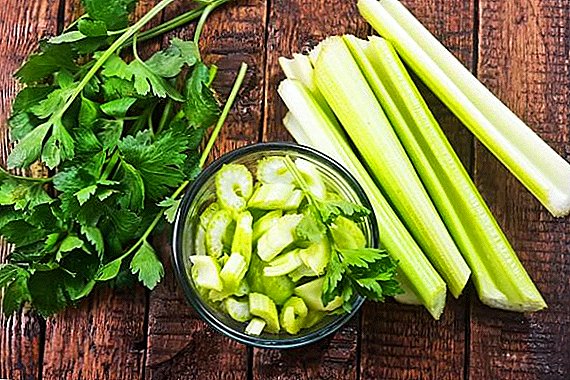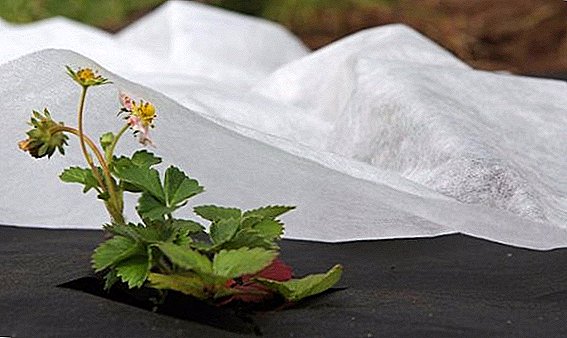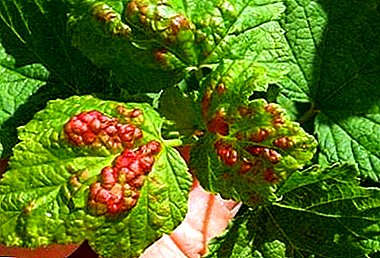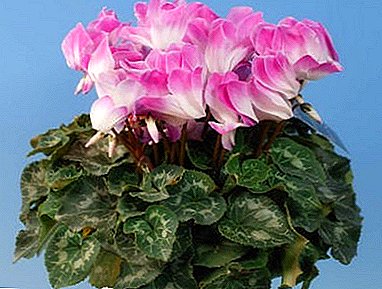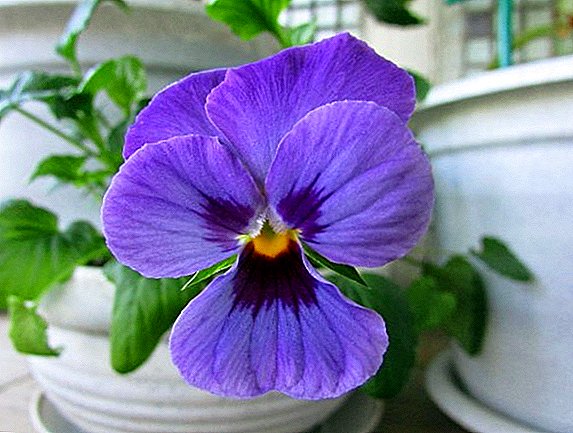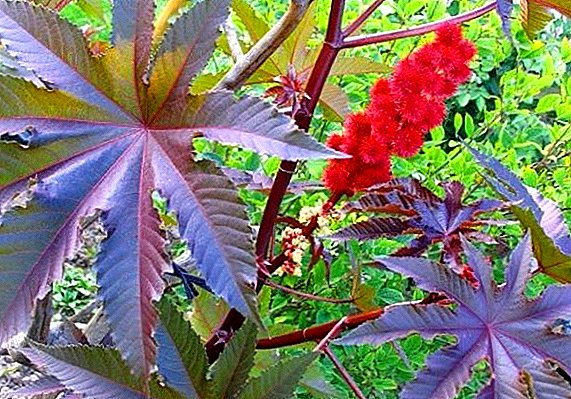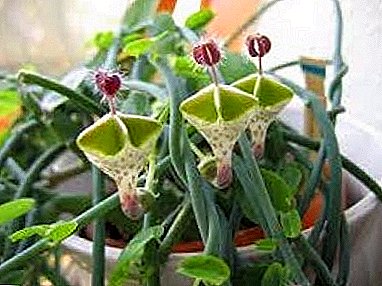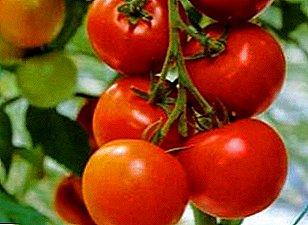
Agrofirma "Aelita" produces a variety of tomato "Sanka" or "Sanya" that is popular with many gardeners. Why did tomato lovers like it so much? Its early ripeness and resistance to cold. And let it not the most fruitful, but it can be equally successfully grown both in the greenhouse and on the street.
Read in our article a complete description of the Sanka variety, get acquainted with its main characteristics and characteristics of agricultural technology.
Tomato "Sanka": description of the variety
 This tomato was bred in Russia, it was included in the state register of zoned varieties in 2003. The plant is recommended to grow in the Central Black Earth region. The subspecies that can also be found on the market is the Sanka Gold, in general, it does not have significant differences from the classic variety.
This tomato was bred in Russia, it was included in the state register of zoned varieties in 2003. The plant is recommended to grow in the Central Black Earth region. The subspecies that can also be found on the market is the Sanka Gold, in general, it does not have significant differences from the classic variety.
Sanka's stunted tomatoes have long been well established in the Russian tomato market. The growth type of this bush is determinant, its height is about 50 cm, and sometimes it can reach 60 cm. The bush of plants is stem with intermediate inflorescences, it practically does not need a garter. However, to remove extra shoots sometimes have to.
- Refers to the ultra-early varieties, the process from the emergence of the first shoots to full maturity takes an average of 80 days. However, this time is directly dependent on the region and growing conditions. The earliest ripening period is 72-75 days.
- Sanka has a high resistance to cold, it lacks a small amount of light to mature.
- Sanka average grade for yield - per square meter with proper care ripen up to 15 kilograms of tomatoes.
- It is not a hybrid, so you can use its seeds in the future.
- Suitable for growing in greenhouses and on open plots of land.
- Practically all common diseases and possible pests in Sanka develop immunity.
Description of the fetus:
- Mature fruits in greenhouse conditions can reach a weight of 150 grams. Without any shelter in the open ground, the weight of the fruit is usually 80 grams or less.
- The color of a ripe tomato is saturated red.
- The ripened tomato will be fleshy and smooth, and its surface is slightly ribbed.
- The dry matter content (depending on the taste of the vegetable) ranges from 4 to 5%.
A photo


Characteristics and features of cultivation
Tomato is a salad, although it can be preserved (whole-fruit) and make juice or tomato paste from it. The fruit itself is juicy and meaty, which makes it very tasty to eat even raw, for example, in salads. When canning the tomato does not crack due to the dense skin. For cultivation in the open field to plant seedlings need in early April. For greenhouses, an earlier landing period is recommended - mid or late March.
 You need to tie up, if the shoots from the severity of the fruit already fall to the ground. Masking is not required. Although the variety is quite unpretentious, do not forget about the standard care. Regularly water the plant, weed, fertilize the soil around the bush. Ripening takes place amicably, so it is important to control its growth, otherwise there will be a risk of yield loss. One bush produces a fairly rich collection, about 4 kilograms.
You need to tie up, if the shoots from the severity of the fruit already fall to the ground. Masking is not required. Although the variety is quite unpretentious, do not forget about the standard care. Regularly water the plant, weed, fertilize the soil around the bush. Ripening takes place amicably, so it is important to control its growth, otherwise there will be a risk of yield loss. One bush produces a fairly rich collection, about 4 kilograms.
As noted above, a particular advantage is the high resistance of the variety to cold and low light. This allows him to bear fruit before the onset of extreme cold. It is suitable for long-term transportation. In addition, the advantage is the versatility of the tomato in use, it is ideal for winter harvesting and fresh salads. Sanka's resistance to cold does not provide absolute protection against spring frosts. If unsuccessfully choose the landing time, the plants may die from frost.
Tomato Sanka suit everyone. He likes experienced farmers for their properties and beginners. The last one is suitable due to its low demand in care, endurance, and unpretentiousness with quite results in terms of yield. For experienced farmers, it also opens up interesting opportunities.
Tomatoes of this grade are intended for cultivation both in greenhouses, and on an open ground. If there is no special place for planting, then in small batches Sanka can be grown at home - on the windowsill or balcony. Tomato will pleasantly surprise you with tasty fruits, which can be found many uses. Sanka can be eaten raw, harvested canned food and make juices. A wonderful vegetable will delight all summer and winter.


